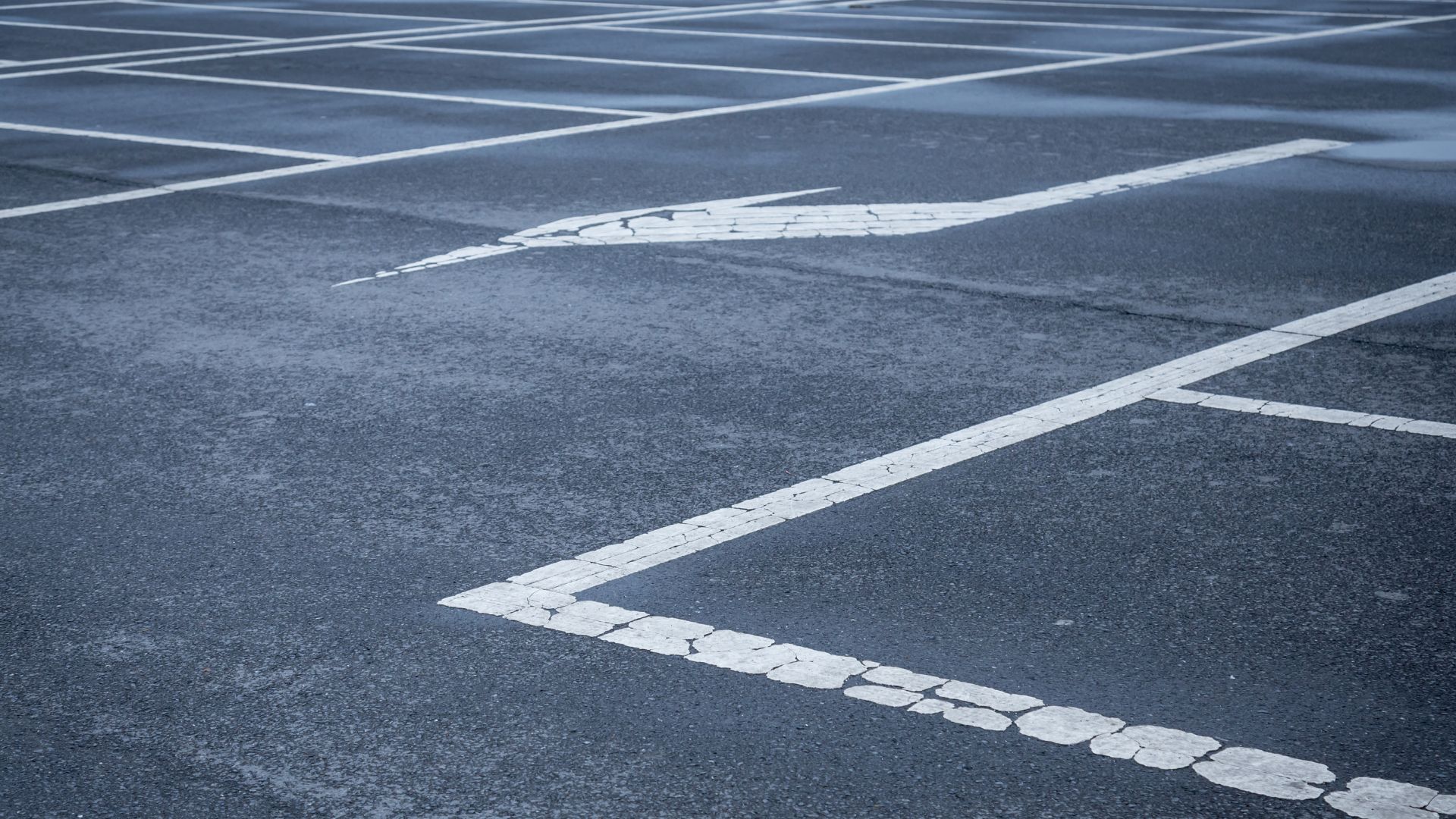This is not a community solar story, per se, but it’s a story about how solar energy and panels can be deployed in places you might not imagine and bring unexpected benefits to neighborhoods, all the while lowering energy costs for a community itself.
The Associated Press reports:
Detroit is using something it has plenty of — vacant land — to produce something the city needs — clean and relatively inexpensive energy.
Pending approval by the City Council, Kobylski’s Gratiot-Findlay neighborhood eventually will see solar arrays on about 23 acres (9.3 hectares) of land. Not far away, another eastside neighborhood is to get arrays on nearly 41 acres (16.5 hectares), while a third will get arrays on nearly 40 acres (16.1 hectares).
Five other neighborhoods are finalists to also get solar arrays. Resident groups had to apply to be considered for the program.
The city is looking to build solar energy arrays on about 200 acres (81 hectares). The arrays would produce enough clean energy to offset the electricity used currently by 127 municipal buildings.
Detroit will use $14 million from an existing utility fund for up-front costs that include acquiring and clearing the land. The solar fields are expected to ultimately save the city $4.4 million per year.
June 2024, Associated Press, “Detroit plans to harness solar power on vacant lots throughout the city”
Repurposing unused land in urban areas for solar energy projects offers a sustainable solution to urban decay while promoting renewable energy. These projects in other areas could be structured as independent community solar initiatives, bringing transformative benefits to cities beyond Detroit.
By converting vacant lots and underutilized spaces into solar farms, cities could address multiple challenges, including energy poverty, urban blight and environmental sustainability.
In many urban areas, particularly those with significant amounts of unused or abandoned land, community solar projects can provide affordable, clean energy to residents who might not have the resources to install solar panels on their own properties. This democratizes access to renewable energy, allowing low-income families to benefit from reduced electricity bills and increased energy security. Furthermore, these projects can create local jobs in the construction, maintenance and operation of solar arrays, contributing to economic revitalization in underserved communities.
By transforming blighted areas into productive, green spaces, these cities can enhance urban resilience and improve public health through reduced air pollution. Additionally, community solar projects can serve as educational hubs, fostering community engagement and awareness about renewable energy and sustainability practices.
Implementing such projects requires collaboration between city governments, local organizations and private investors. Policy support and incentives at the municipal and state levels can further encourage the development of community solar, ensuring that these projects are economically viable and widely accessible.
As more cities embrace this approach, the collective impact on reducing carbon emissions and promoting environmental justice could be substantial, paving the way for a more sustainable and equitable urban future.

